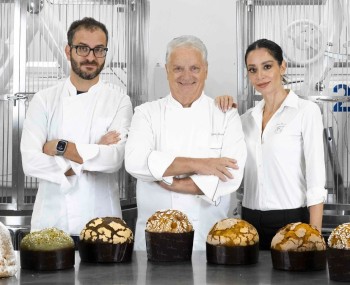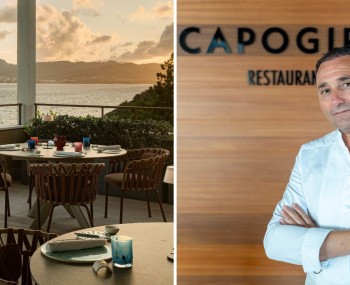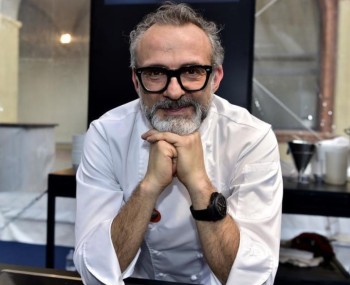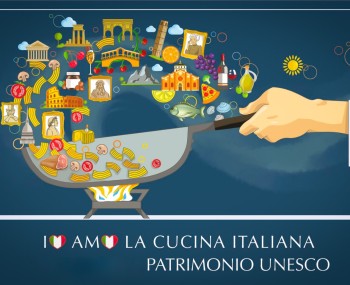A study conducted by a group of Italian physicists showed that adding cornstarch to the classic cacio e pepe recipe helps achieve a sauce with a creamier, velvety consistency, as well as eliminating any lumps. Sacrilege or genius?
Cover photo: @pexels
The News
What is missing from cacio e pepe according to science? Cornstarch, which is made up of long chains of molecules, or polymers. When these swell and absorb liquid, they prevent clots from developing. Some Italian-based scholars relied on the principles of thermodynamics to prevent one of the most acclaimed firsts on the face of the Earth, made from pecorino, from becoming a slimy, sticky mass. Moreover, they claim to have “optimized” the recipe by adding just one ingredient, the New York Times reports.
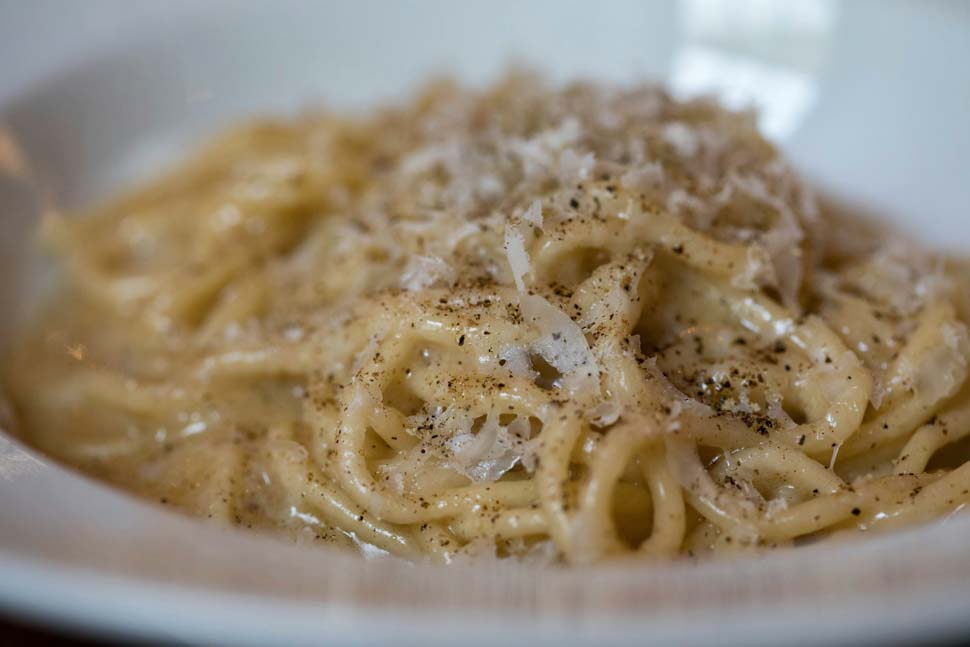
The dish, supposedly invented by shepherds and now a great classic of Roman tradition, is virtually untouchable. Because of this, the authors of the research are aware that they have tackled a sensitive issue, “I hope eight of us are enough,”, said Ivan Di Terlizzi, a statistical physicist at the Max Planck Institute for the Physics of Complex Systems in Dresden, Germany, who is originally from Apulia.
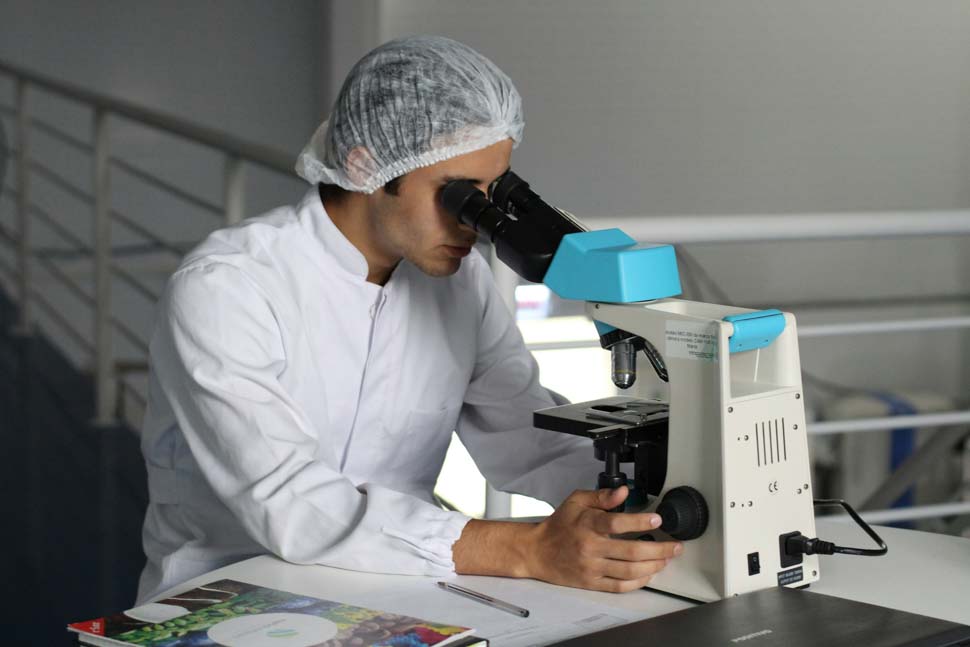
"Usually the sauce comes when hot water that was used to cook the pasta, which is rich in starch, is added to the components. However, the steaming mixture can cause what is called the 'mozzarella phase', as there is a risk that contact between the elements will cause the whey proteins to deform, which consequently will bind with each other or with casein, forming granules".
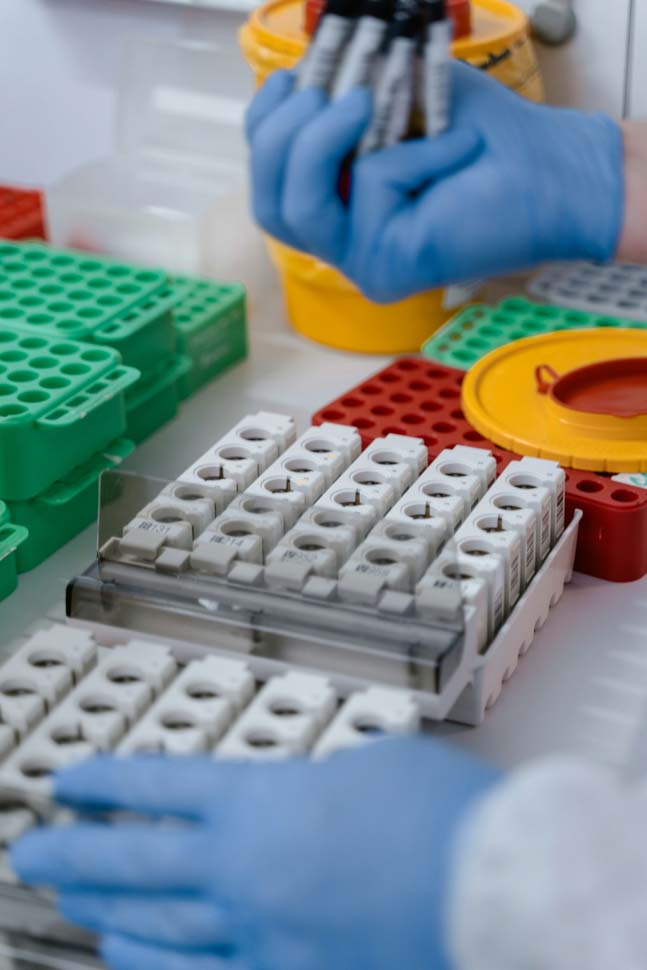
How to avoid getting into such a mess? “It is very difficult to find the right balance,”, says Fabrizio Olmeda. It took several trials before reaching the desired result and finding the right concentration of the organic compound (between 2 and 3 percent of the weight of the dairy product): the cream cheese was heated using a sous vide machine, which keeps the temperature constant; in addition, a wooden platform was built to hold the pan steady and ensure uniformity. After that, the various samples were placed on petri dishes, which were in turn placed on cardboard boxes, the top of which was replaced by transparent film. A light bulb illuminating from below caused the agglomerates to be revealed as dark spots.
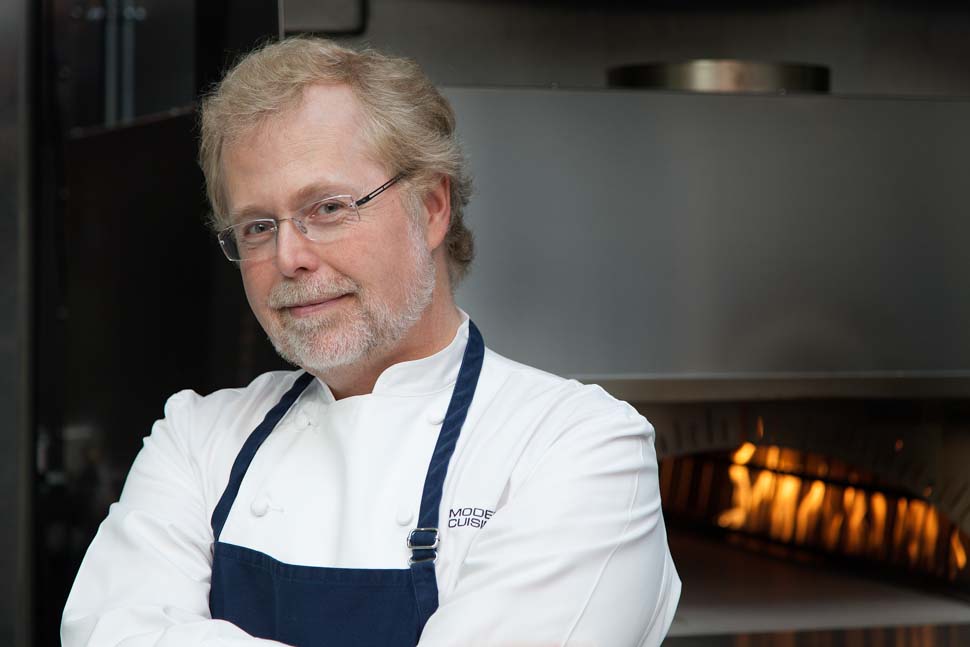
“What these guys did was a very impressive job, however, I propose an alternative solution, the addition of sodium citrate, a widely available anticoagulant,”, said Nathan Myhrvold, former Microsoft technical director and food enthusiast.
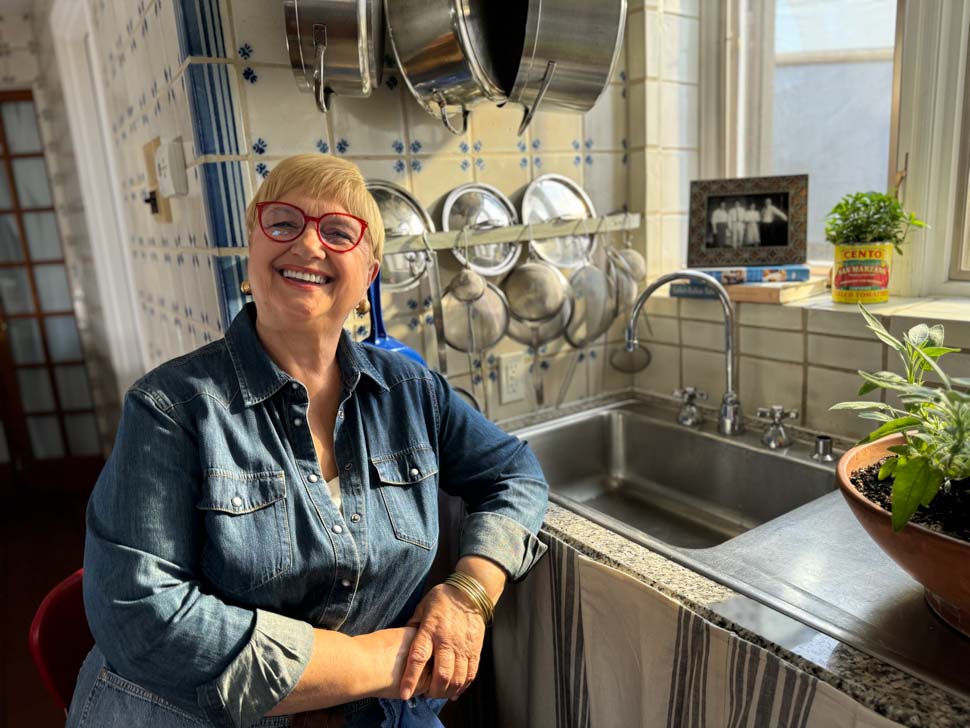
To back up the argument Lidia Bastianich, "Cooking is chemistry, but above all it is experience. And simplicity is the most complex thing to achieve when you are in the kitchen".





